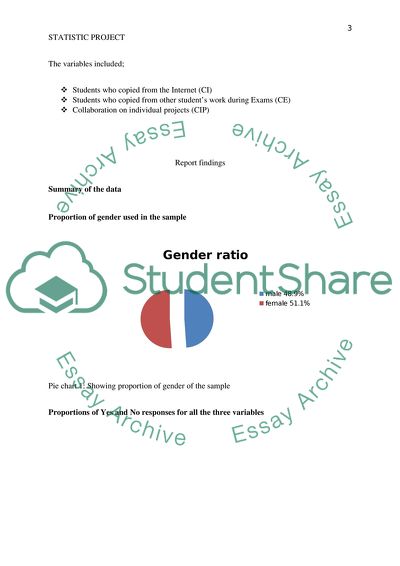Cite this document
(Statistics Project Survey Report Example | Topics and Well Written Essays - 2000 words, n.d.)
Statistics Project Survey Report Example | Topics and Well Written Essays - 2000 words. https://studentshare.org/statistics/1878786-statistic-project
Statistics Project Survey Report Example | Topics and Well Written Essays - 2000 words. https://studentshare.org/statistics/1878786-statistic-project
(Statistics Project Survey Report Example | Topics and Well Written Essays - 2000 Words)
Statistics Project Survey Report Example | Topics and Well Written Essays - 2000 Words. https://studentshare.org/statistics/1878786-statistic-project.
Statistics Project Survey Report Example | Topics and Well Written Essays - 2000 Words. https://studentshare.org/statistics/1878786-statistic-project.
“Statistics Project Survey Report Example | Topics and Well Written Essays - 2000 Words”. https://studentshare.org/statistics/1878786-statistic-project.


